In structural bolting applications, “minimal clearance” refers to the limited space available around a fastener or component, which make…
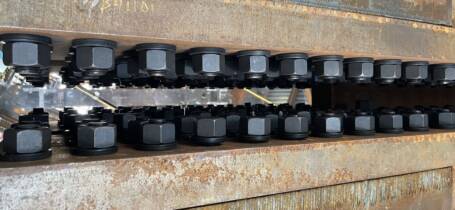
In structural bolting applications, “minimal clearance” refers to the limited space available around a fastener or component, which make…
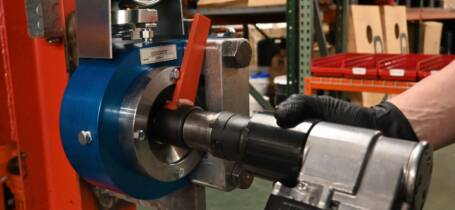
Anyone that utilizes shear wrenches for installing tension control (TC) bolts knows that these wrenches lack a reverse function.

Bridge construction is among the most hazardous jobs in the construction industry, with workers facing significant risks from heights, heavy…
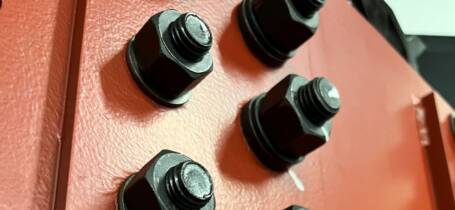
Special thanks to Bill Germuga, General Manager of St. Louis Screw & Bolt, for providing his expertise for this piece.
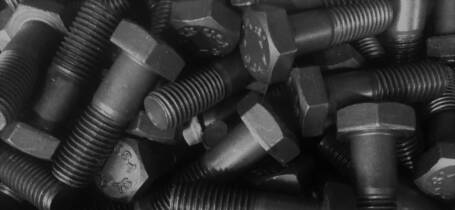
Choosing the correct thread pitch is crucial in mechanical engineering and manufacturing.

As the demand for intelligent and environmentally friendly bridge infrastructure continues to rise, the importance of meticulous planning an…
![Your Guide to Pneumatic Vs. Electric Tools [and How to Choose]](https://www.gwyinc.com/wp-content/uploads/2024/05/Pneumatic-vs-Electric-Tools-455x210.jpg)
When choosing between pneumatic and electric tools for structural bolting applications, the decision goes beyond just power output.
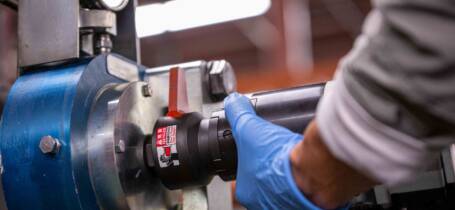
ROCAP (Rotational Capacity) testing ensures strength, durability, and reliability of bolt assemblies in structural bolting.
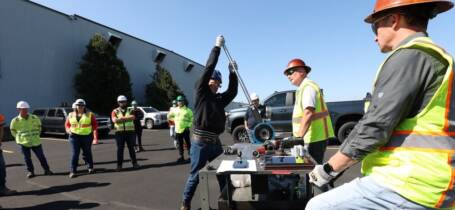
When assembling structural connections, achieving the right bolt tension is crucial for safety and performance.
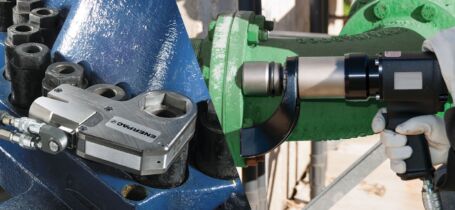
Hydraulic and pneumatic bolting tools utilize different types of media to generate power — hydraulics use liquids and pneumatics use press…
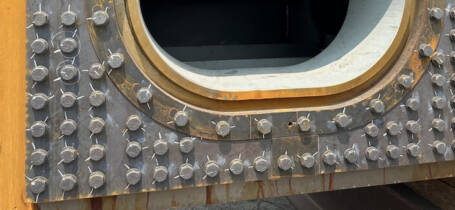
The Turn-of-Nut method is an industry standard for bolt pretensioning verification. But what is it, and how is it done? Read on to find out.
![29 Best Torque Wrenches for Industrial Jobs [+ Selection Guide]](https://www.gwyinc.com/wp-content/uploads/2022/01/best-torque-wrenches-1-455x210.jpg)
Torque wrenches deliver the power and accuracy required to tighten nuts and bolts while preventing structural damage.